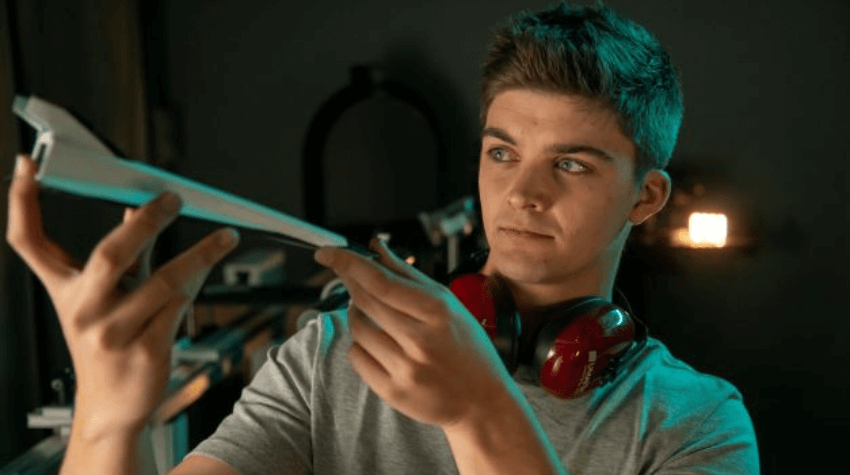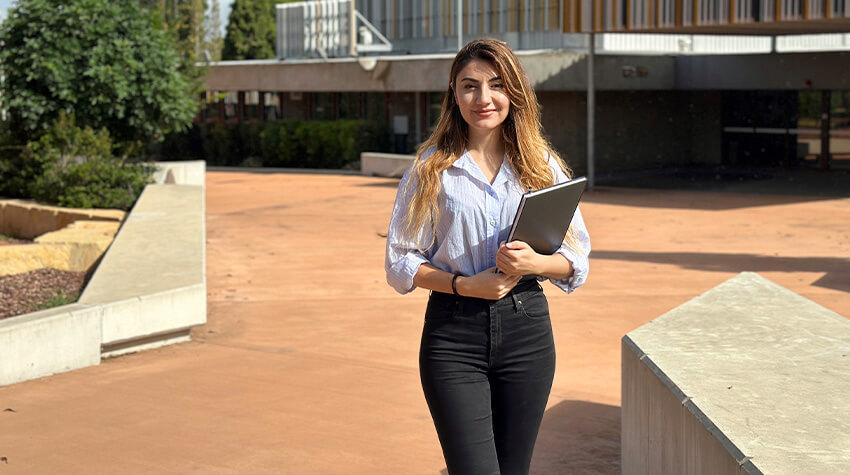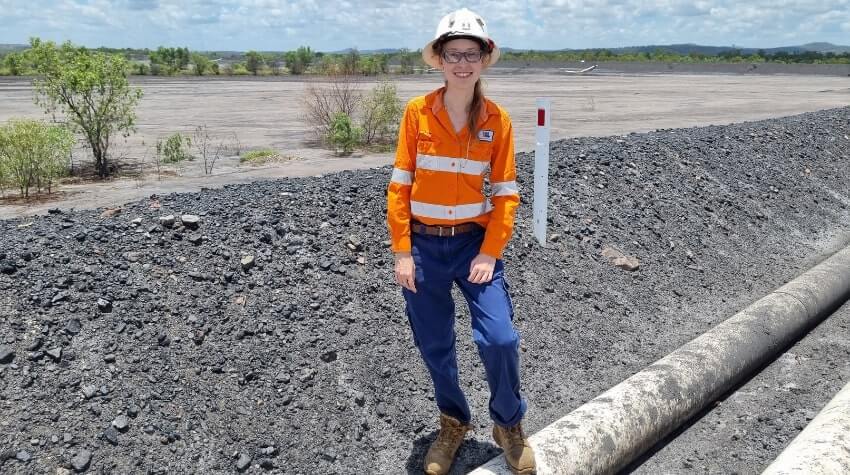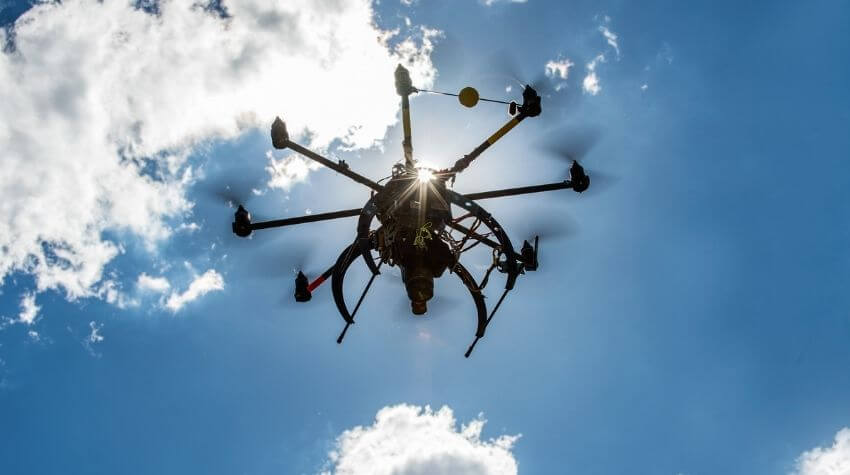Going beyond is something Lachlan Noller, University of Southern Queensland (UniSQ) Aerospace Engineering PhD student, knows something about more than most.
Lachlan’s career has rocketed past his expectations since his days as a UniSQ undergraduate student. Now a PhD student at the Institute for Space, Defence and Advanced Technologies at UniSQ, he is researching Scramjet inlet startability alongside the expert UniSQ Hypersonics Team.
“Never did I think in my undergrad that I would sign up for a PhD, but the opportunities and experiences I have been spoilt with in the Aerospace Engineering field so far have been unparalleled to anything else I would have encountered this early on after my undergraduate study,” said Lachlan.
Lachlan started his journey at UniSQ studying a Bachelor of Mechanical Engineering. Then, through UniSQ’s strong teaching and research connections, found himself working on a project using UniSQ’s hypersonics wind tunnel, alongside the Engineer, and UniSQ lecturer, who designed and built the wind tunnel, Professor David Buttsworth.
“This wind tunnel is the longest duration hypersonic wind tunnel in Australia. It can simulate flow speeds of up to Mach 7 – so seven times the speed of sound,” says Lachlan.
“There are very few wind tunnels like this around the world, and we’re really lucky because we’ve got one here at the University. We do lots of different types of research using it – on rockets, and objects re-entering the atmosphere, like meteorites,” he says.
Lachlan, a respected PhD student at UniSQ’s Institute for Advanced Engineering and Space Sciences, spends his time in Aerospace Engineering. He is looking at hypersonic inlets utilised on Scramjets, a form of air-breathing propulsion that gives the capability of moving five times the speed of sound, and above at hypersonic speeds.
“Using our hypersonic wind tunnel, we’re able to simulate things flying and learn about how it moves in the flow using high-speed cameras and other instrumentation specifically designed to measure high speed flow properties,” says Lachlan.
“One example of the work we have previously done is testing the flight dynamics and shock-shock interactions of Hexafly, a supersonic flight vehicle under current design by the European Space Agency. The hope is that one day this technology can be implemented for either high-speed passenger transport or access-to-space applications.”
The sky is not the limit for Lachlan, who would love to work in defence or private industry one day. With many potential career paths ahead of him, Lachlan has the opportunity to build a career on the foundation of his research.
Lachlan says, “The relationships that I had with my lecturers in my undergrad studies have led me into a career I would never have believed been possible after finishing school. This opportunity is rare and I’m so grateful for it. Working with the whole team is great because everyone has got so much experience in this field.”
Like Dr Tamara Sopek, an Aerospace Engineer who recently joined UniSQ as a Vice-Chancellor's Postdoctoral Research Fellow for Women in STEMM and is working alongside Lachlan.
“Tamara has an excellent ability of putting difficult concepts in such a way that makes it easier for students like me to gain a better grasp on. That, along with her vast experience in the field of hypersonics research, makes her one of our most valued team members,” says Lachlan.
One of Dr Sopek’s interests is around airborne observation missions and rocket testing, and how she can contribute to further understanding and improvement of knowledge in hypersonics.
“I’ve been working on several research projects, which include simulations of hypersonic flows, including nozzle design, full facility simulation and capsule entry simulation,” says Dr Sopek.
“Hypersonics and rocketry research at the University of Southern Queensland is home to world-renowned experts focusing on big plans and big ideas.”
In addition to her throws of experience and contribution to knowledge in hypersonics, Dr Sopek also speaks of the importance of working in a collaborative research team to achieve common goals.
“In my experience, I found that no matter where you are and what you’re working on, it’s the people you work with that define the experience the most. Lachlan and the rest of the team are intelligent, capable and enthusiastic researchers. This is what matters most in the end.”
Footnote:
The UniSQ Hypersonics Team includes Doctor Professor David Buttsworth, Associate Professor Ingo Jahn, Dr Fabian Zander, and Dr Byrenn Birch, Dr Raymond Malpress, Dr Tamara Sopek; Mr Alister Webb, Mr Gerard Armstrong, Mr Maciej Grybko, Mr Flynn Hack, Mr Andrew Lock, Mr Morgan van Hoffen, and Mr Lachlan Noller.



